
Back into Tweed Chronicles I have found once again rhythm in myself, perhaps a melody too. I have been thinking about the color wheel, and the basics I learned decades ago, and so I am applying it now to natural fiber ~~~ easy enough!

In fact, my whole color blending Tweed Chronicles has little to do with wool breeds and fibers, almost nothing to do with spinning technique ( I am only a fair spinner) … but nearly all pure color theory, and blending technique. I am a colorist perhaps, above all.
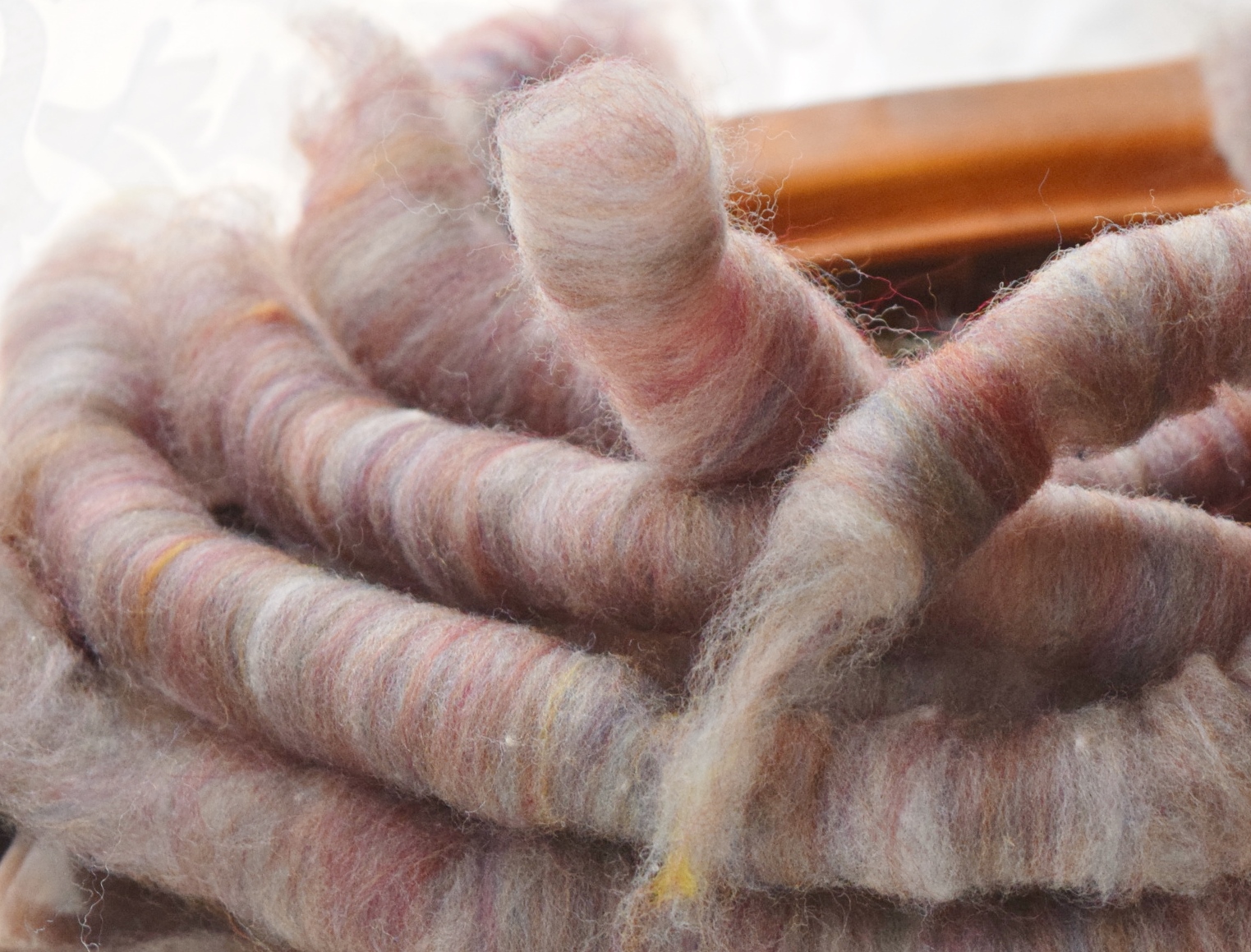
I am merely attempting to relive the high points of discovery that must have happened with folk centuries ago in the tweed mills, of a bygone era. I am all about the bygone era I think, feeling that deep tap root into human creativity that runs timeless and wild.

Putting the primary colors together in a kind of color triad, is something that normally I would never do, for I am not in the least fond of primary colors, or even secondary. But the complex blends of colors are made of of the basic colors, and so I am working with the primaries & secondaries in a tweed experiment that I hope works just as I am conceiving it in my mind, as I lose myself to sleep at night, dreaming the magic of heathered tones.

The best time of day is when the sun shines through the window bright enough to bring to life the best work of my imagination. Couple that with a delicious cup of coffee, and who would want anything more of the morning?

Well now, its off to the charity shops to see if I can find some good chairs! Aside from this recent color blending euphoria, I am feeling a bit too tender and not wanting to cooperate with the holidays this year. Scotty, beam me to January.
♣ ♣ ♣
Techy stuff of what I did …
- 5g each of (near primary) red, yellow, and blue dyed merino roving = 15g.
- Layered on blending board very thinly one color at a time, alternately. I mean really a lot of thin layers … using technique Blending for tweed simplified.
- Lifted batt, layered again a second time, then a third. Lifted bat, and sectioned into strips of about 5 or 6.
- With 15g white cormo roving, divided in as many sections as the color blend.
- Layered very thinly white, then color blend, alternately.
- Lifted batt, and layered again twice.
- Drew off rolags.
- I’m naming this colorway blend ” Primary Triad + white”.
- See ALL color blending experiments & recipes archived in Tweed Chronicles
Lingering question of the day: Which one of you generous people sent me all of the Cormo wool? Was it Laurie? Rose? Adele? Lynette? (I am so sorry I lost track, but I’ve been rather hollow in my head!) From the bottom of my heart~~ thank you~~ it is absolutely dreamy!!!!
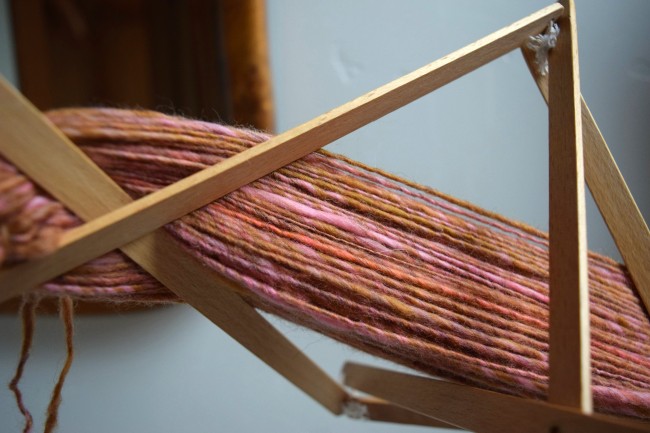
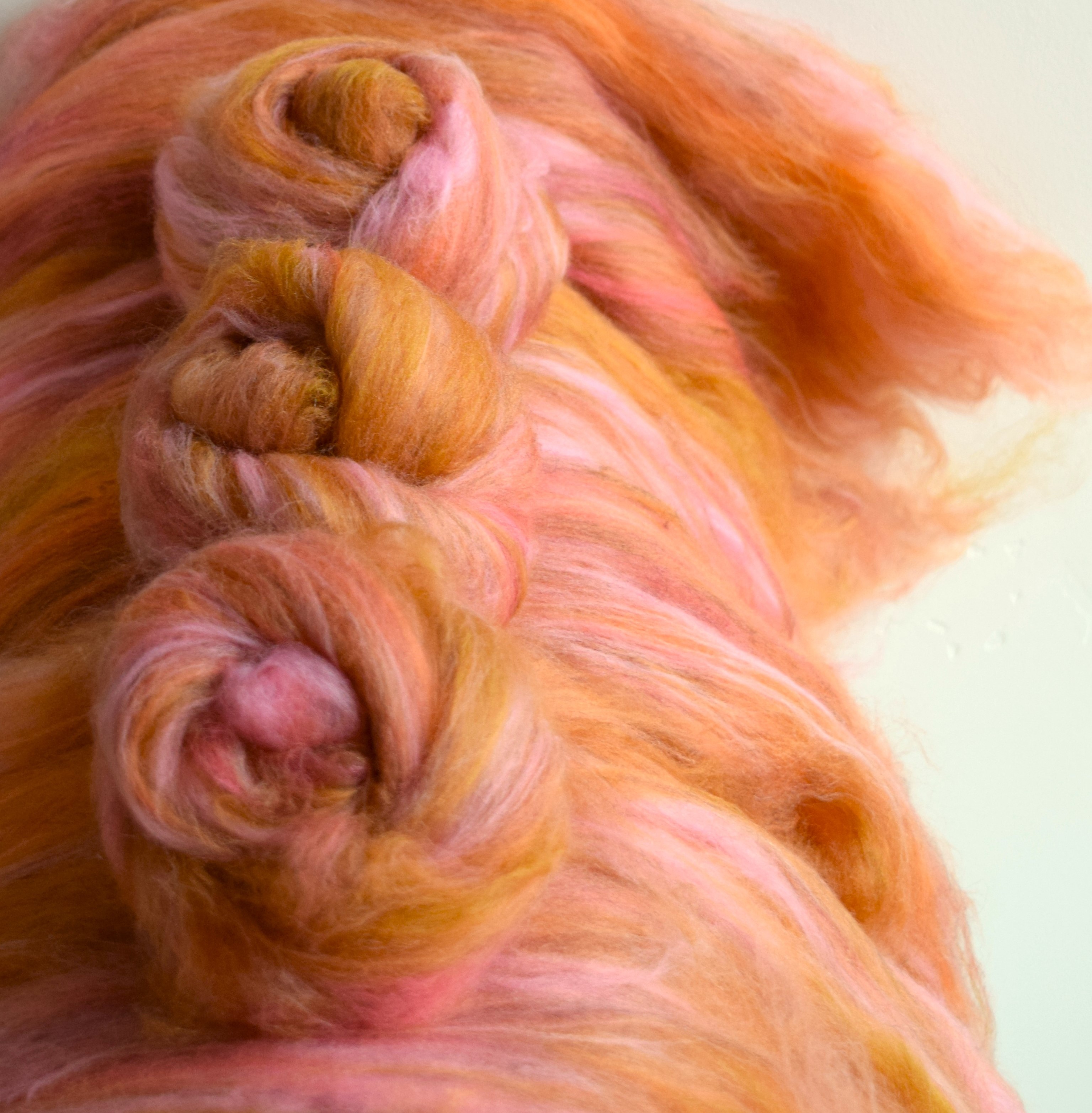
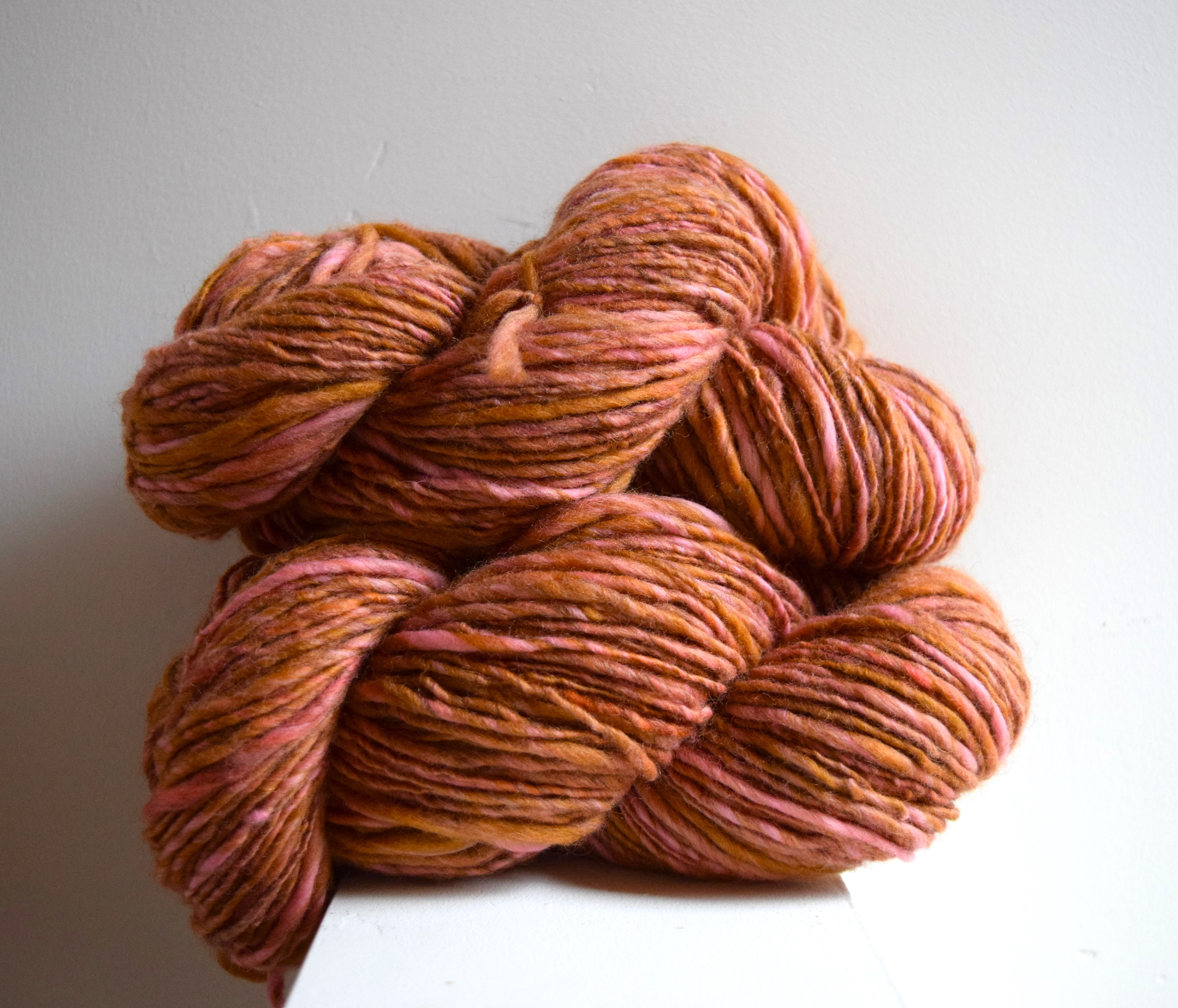
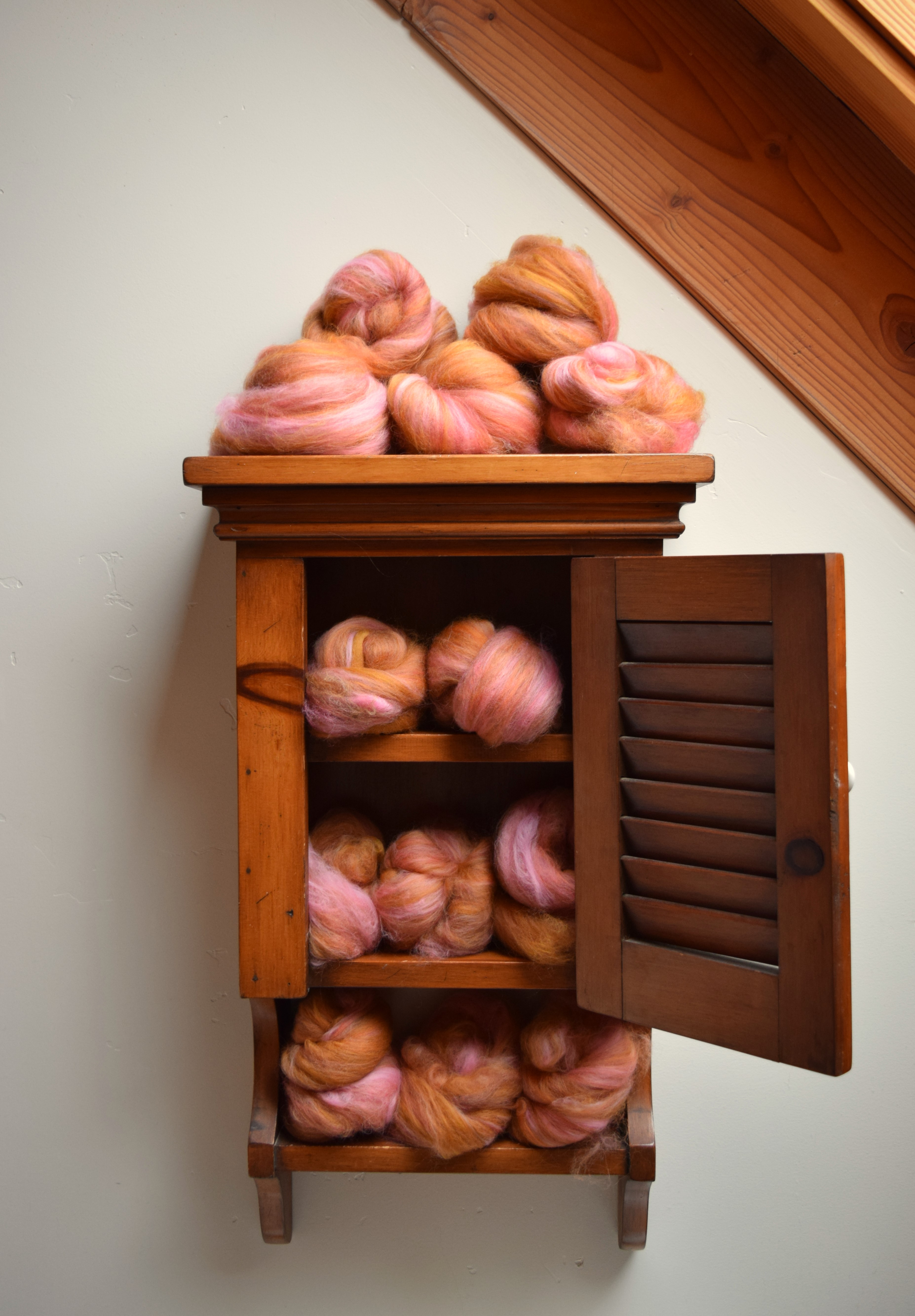



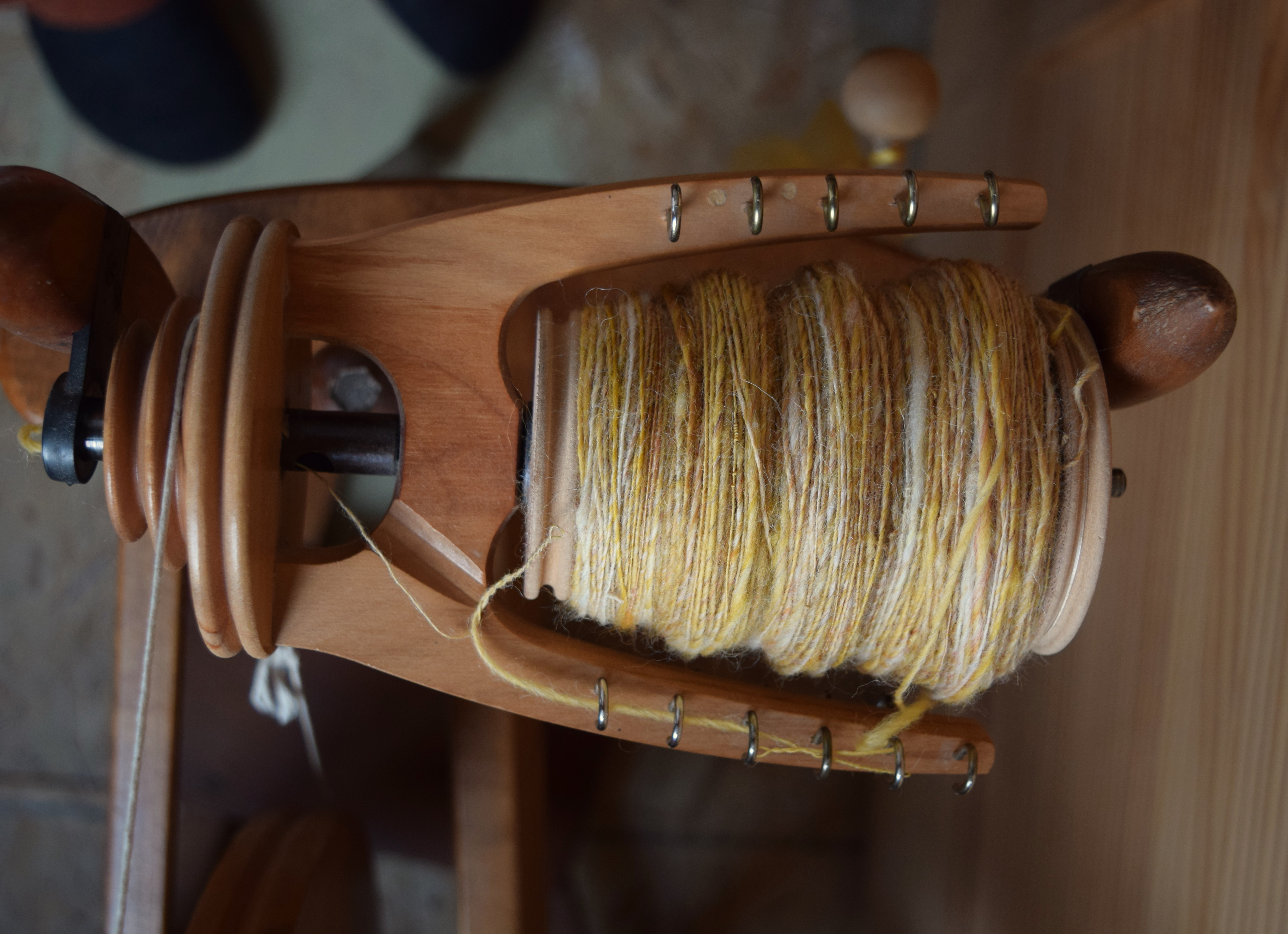
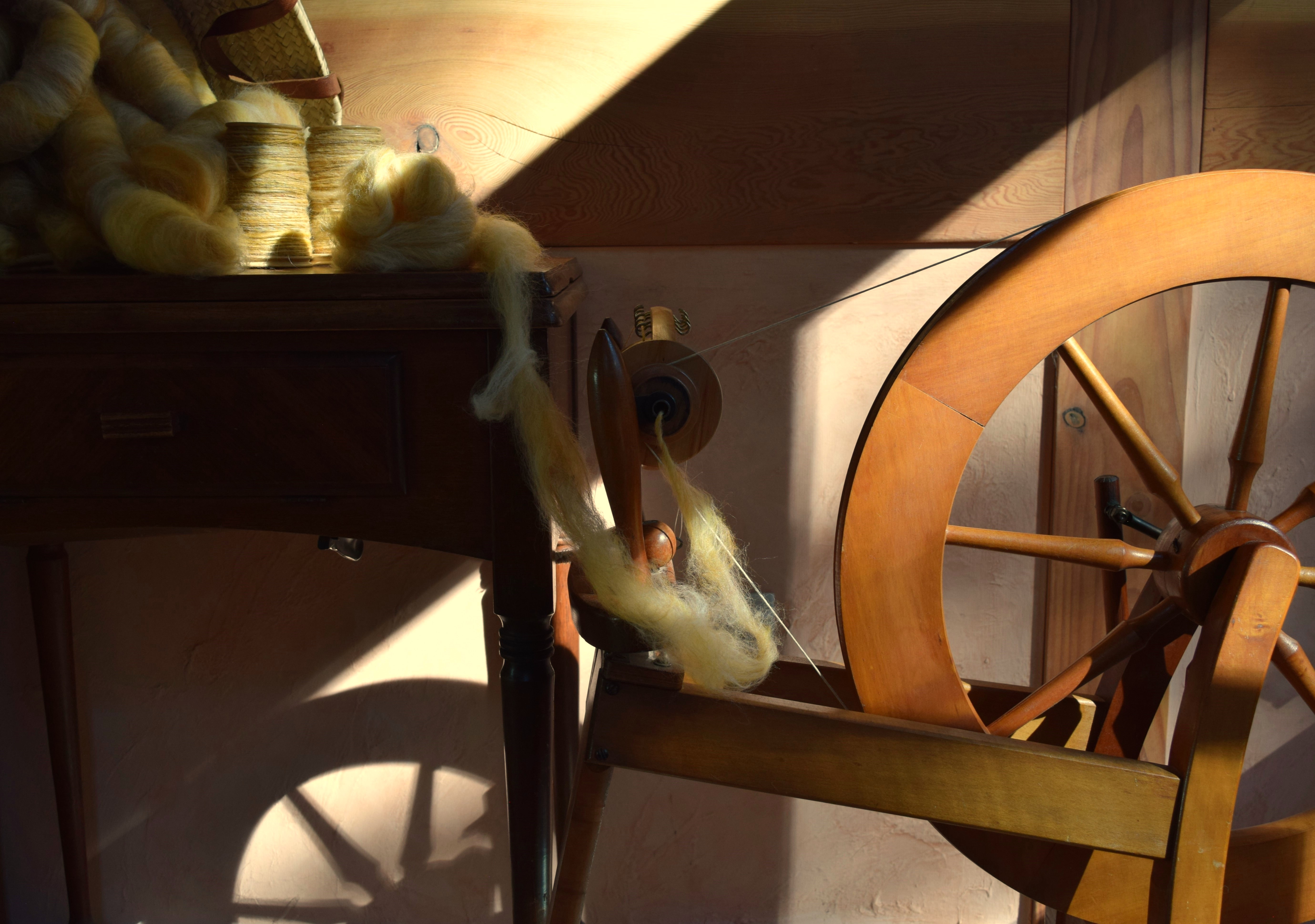
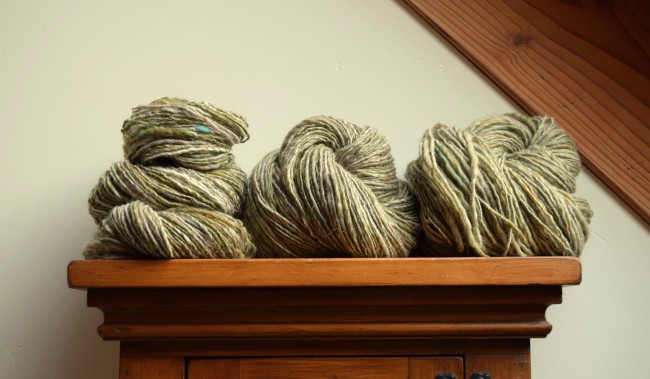
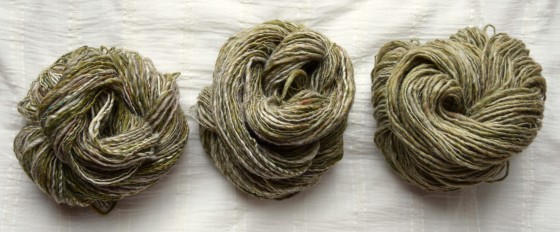
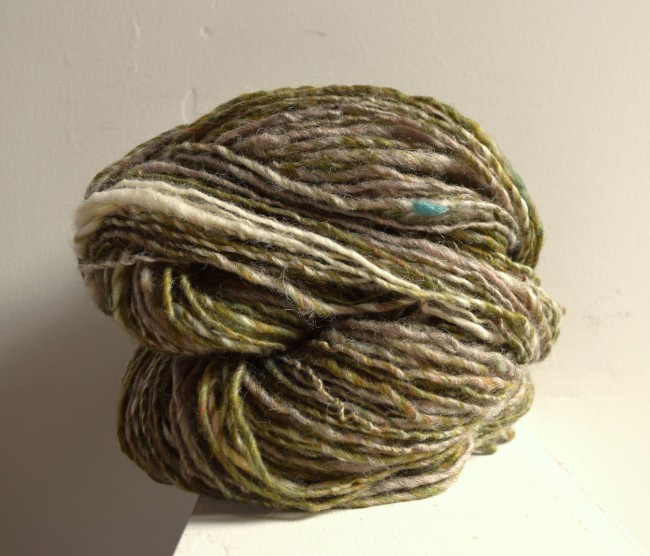
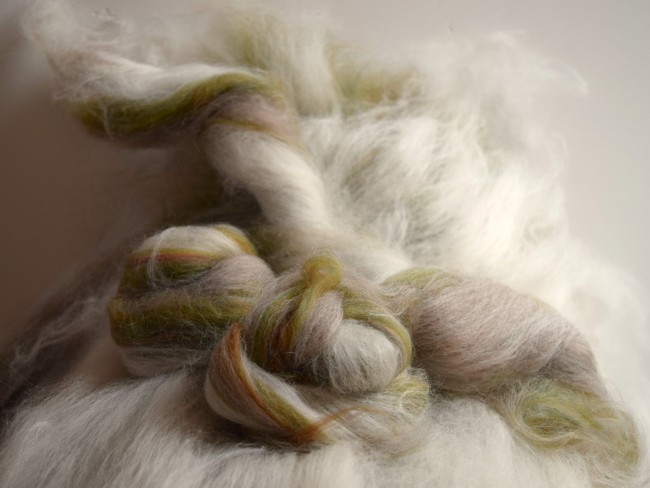
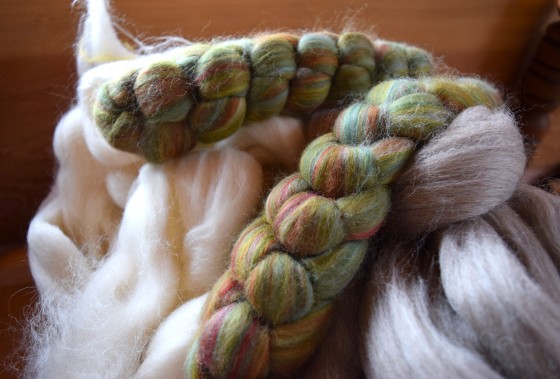

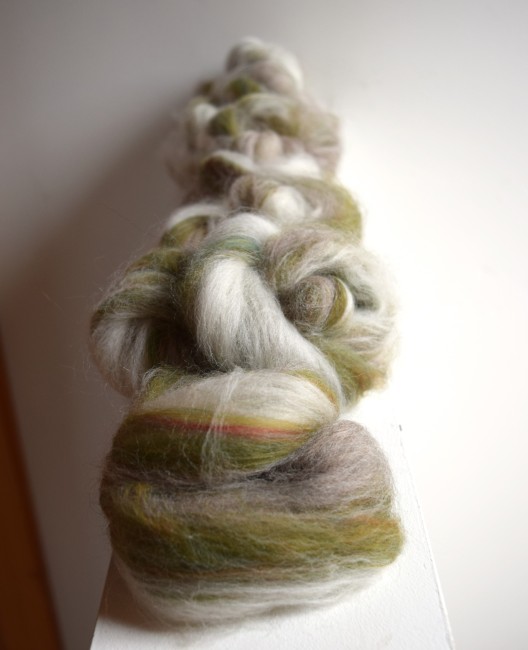
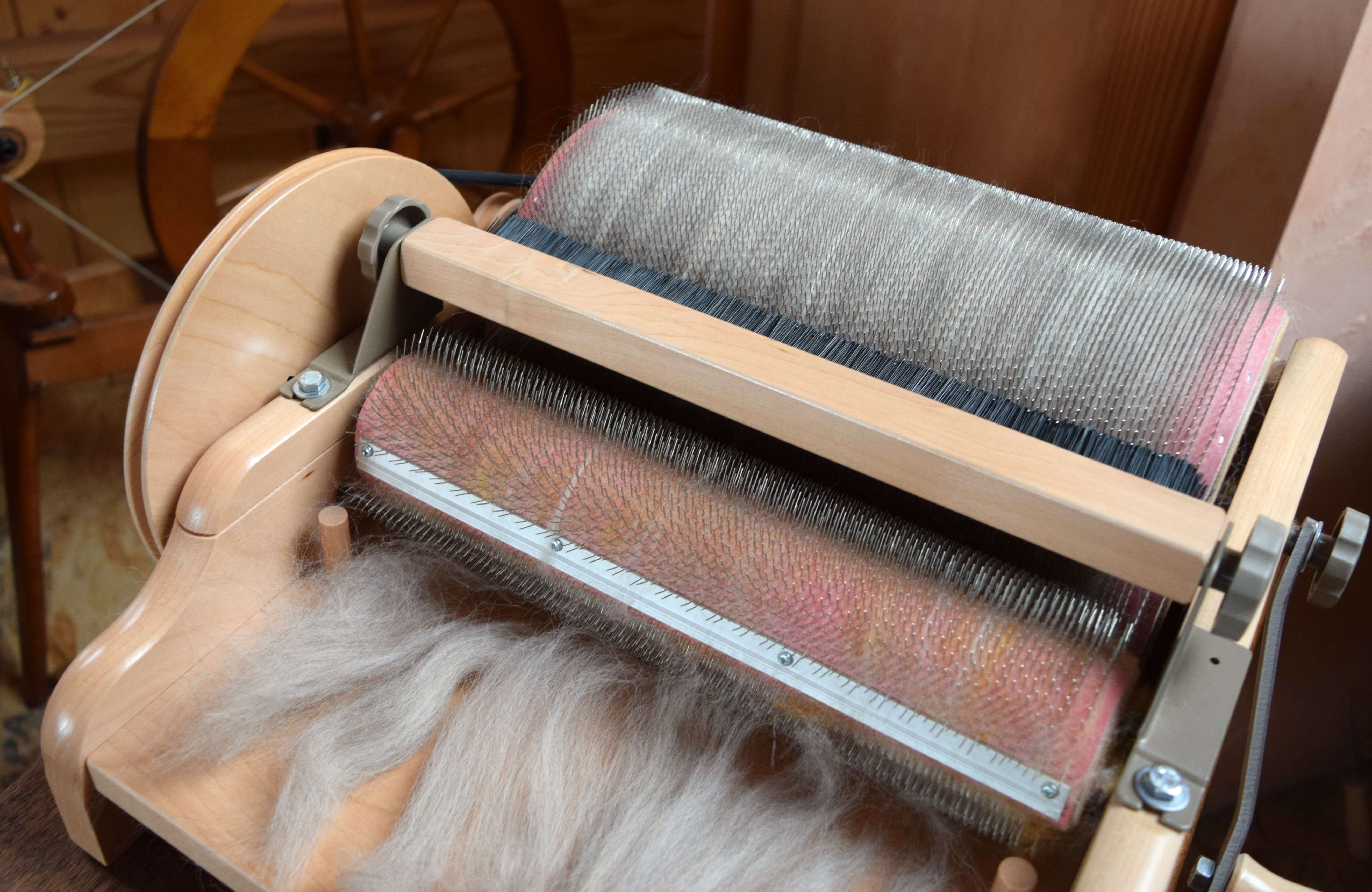
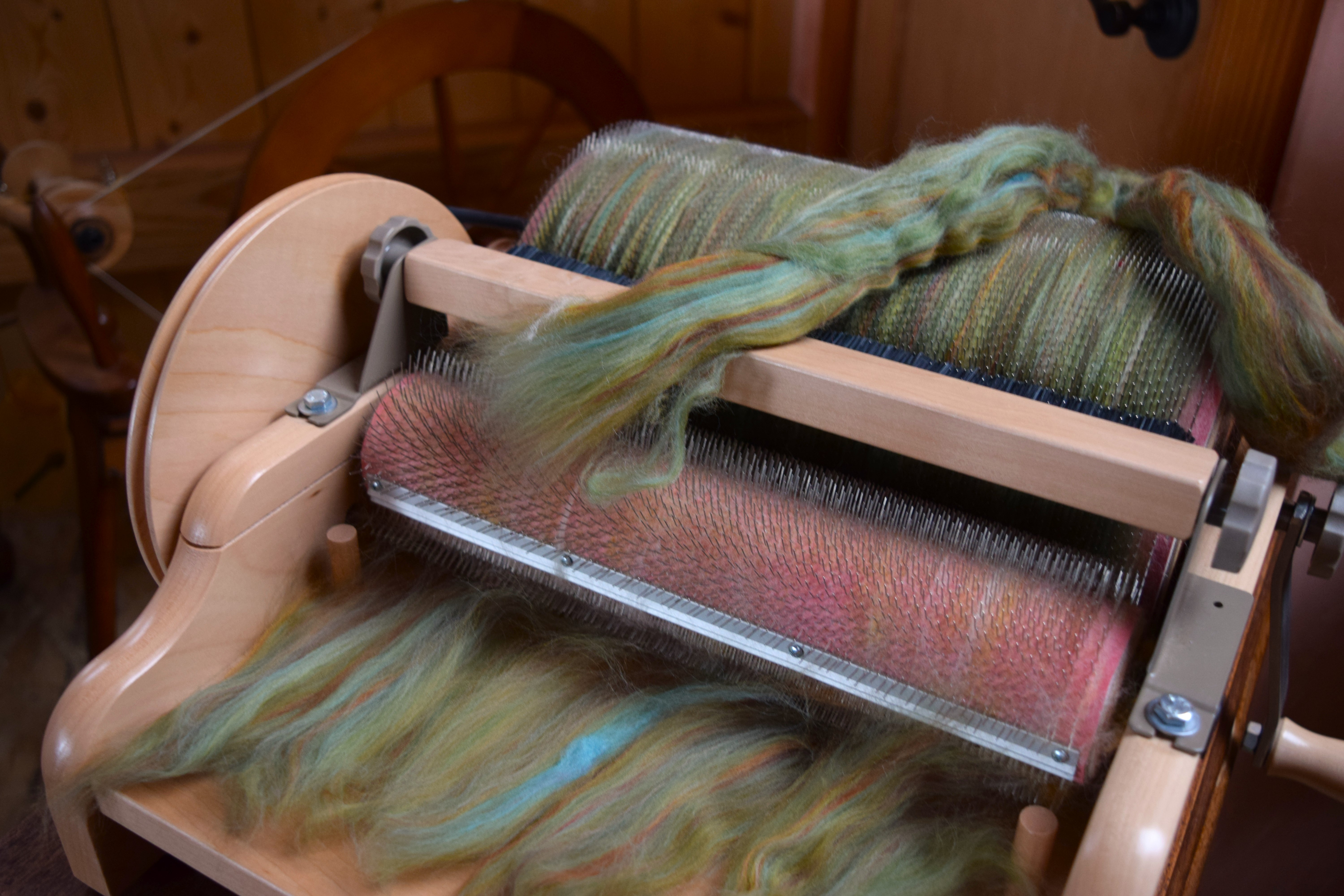

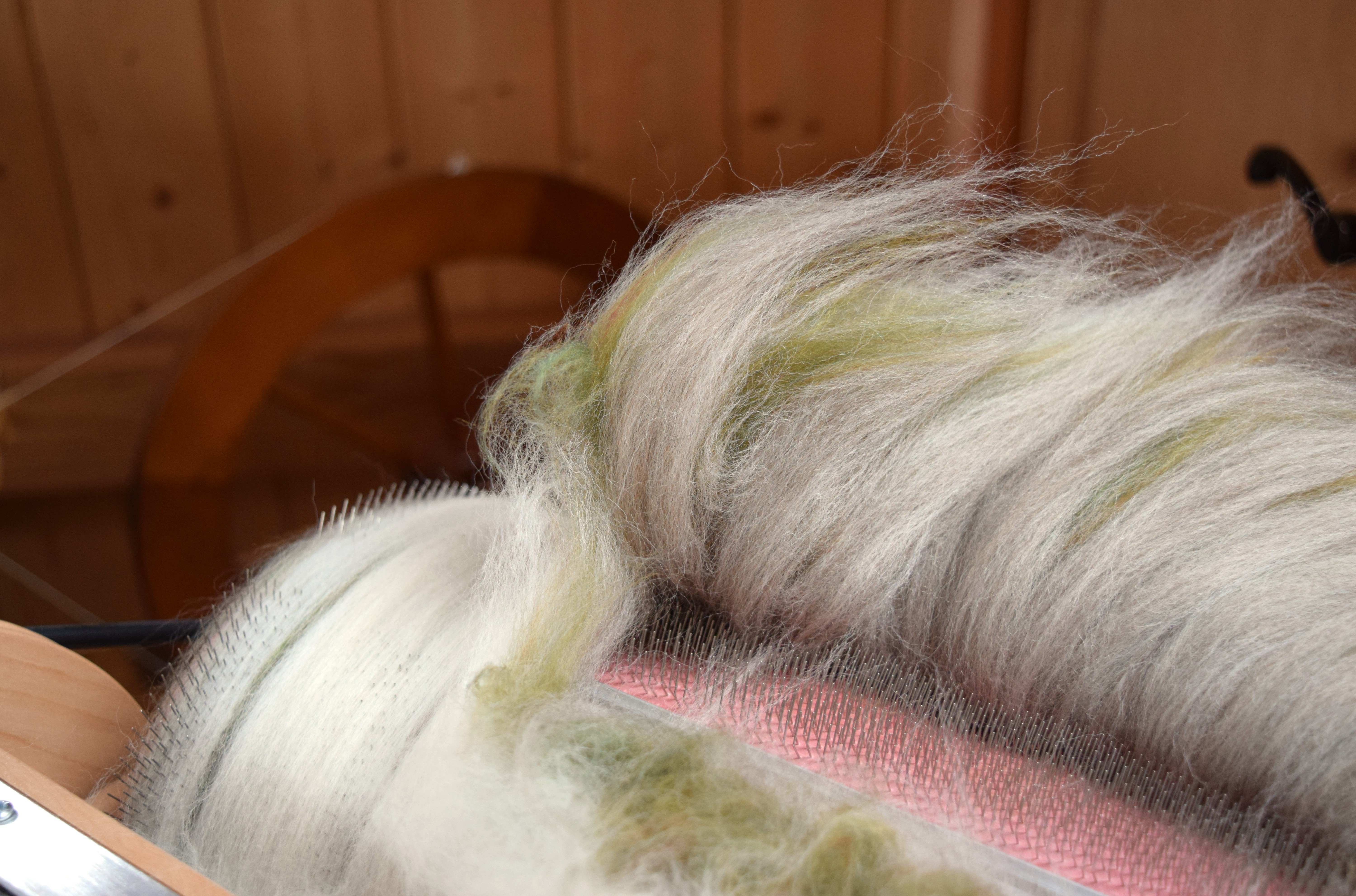

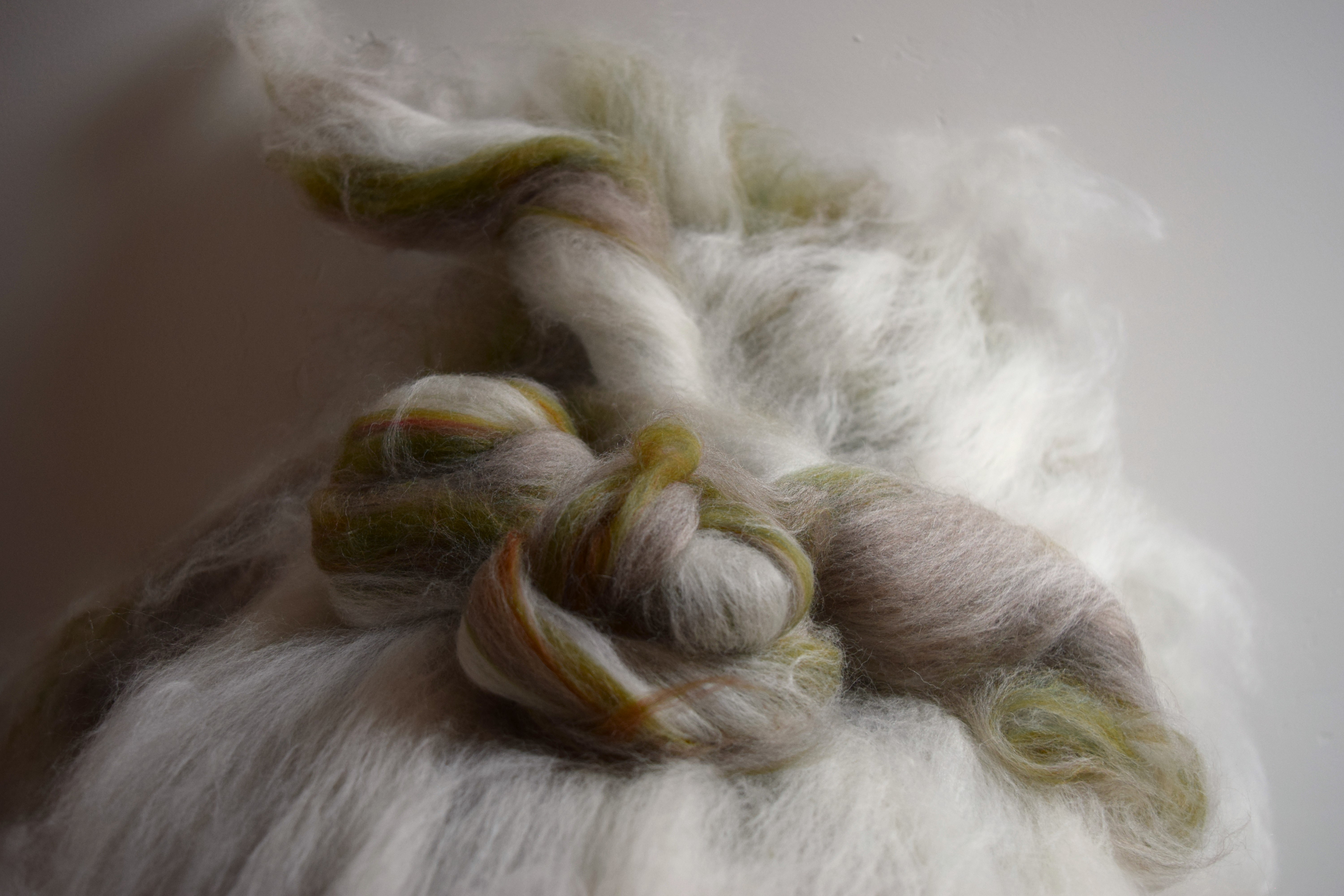
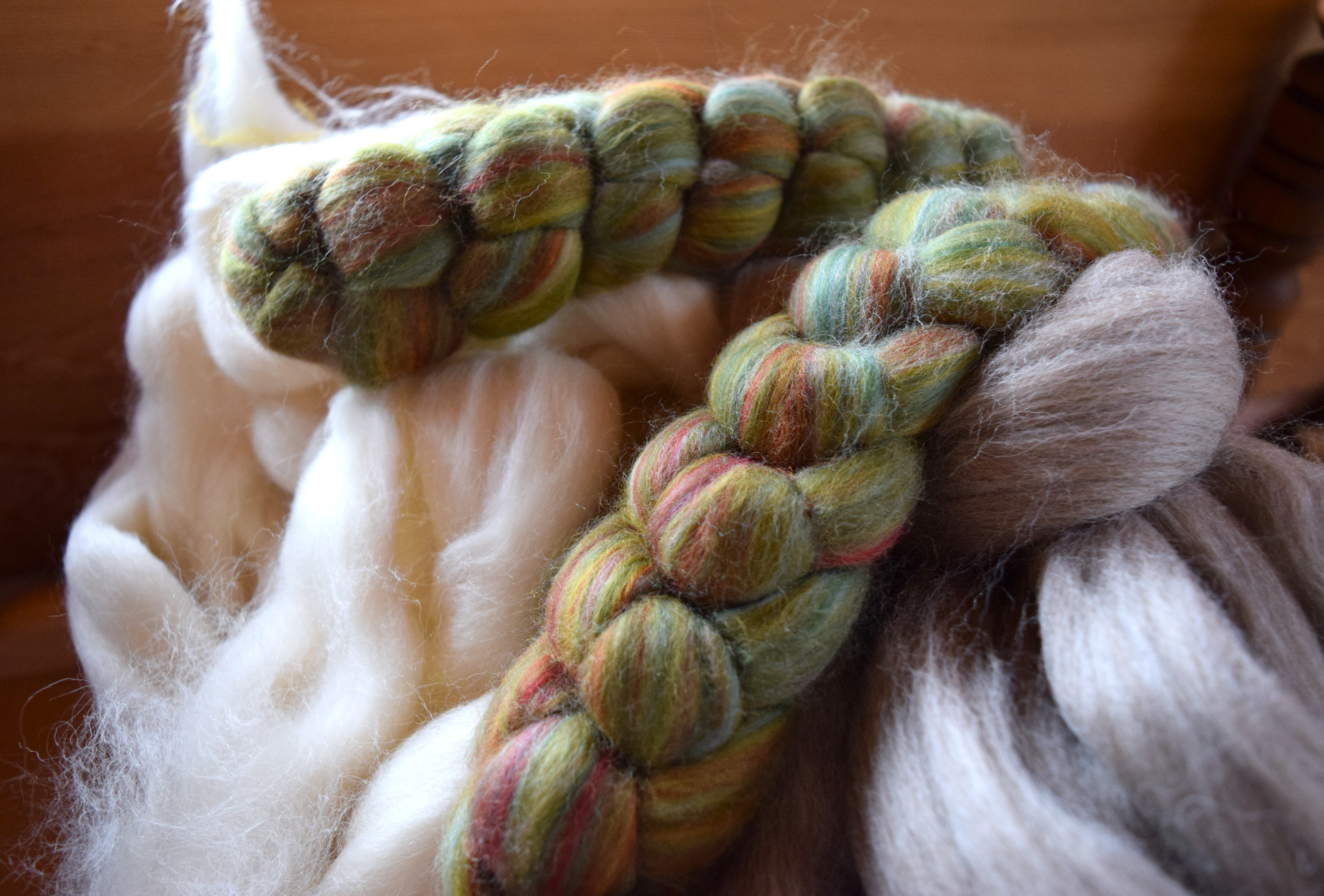
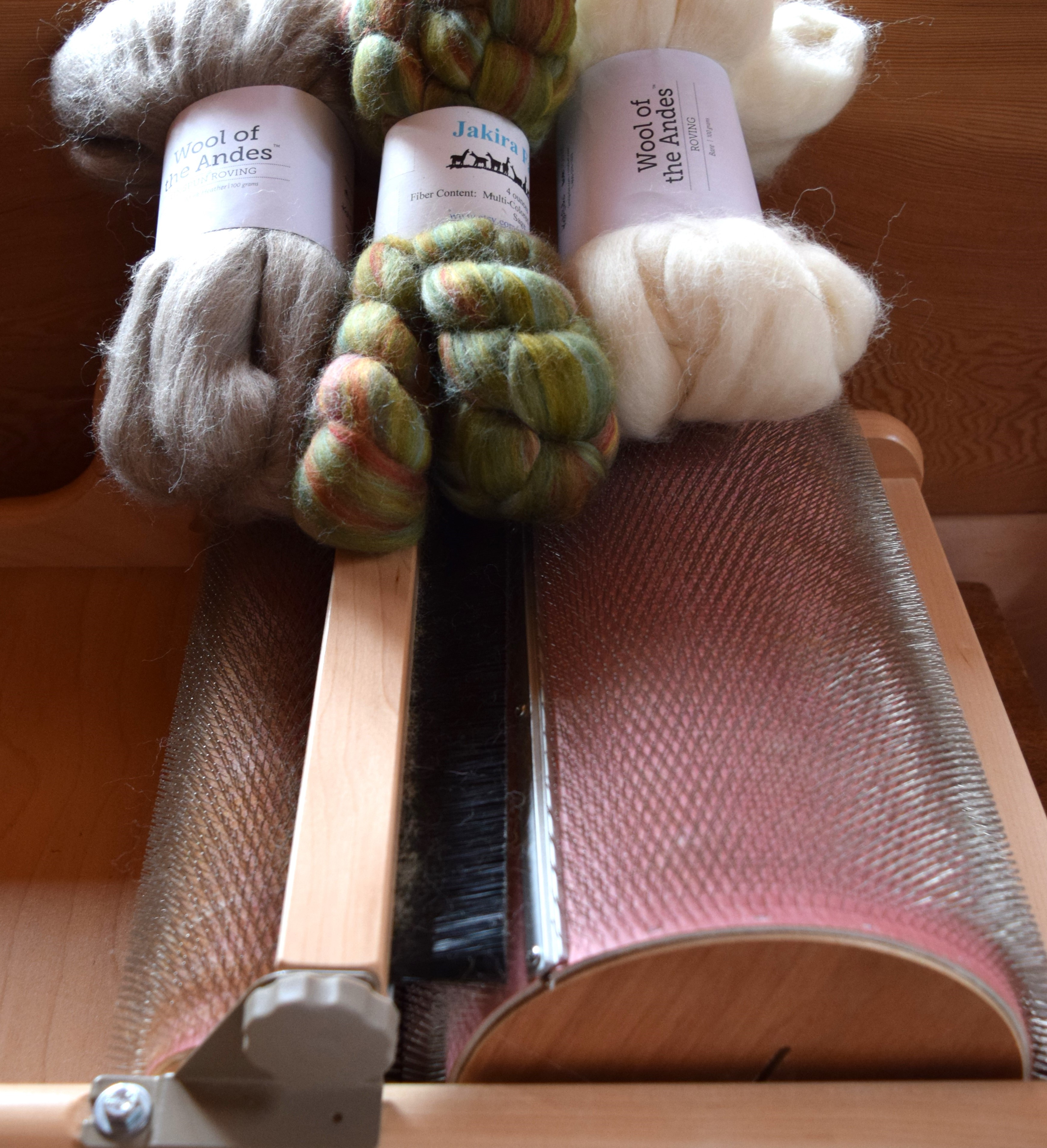
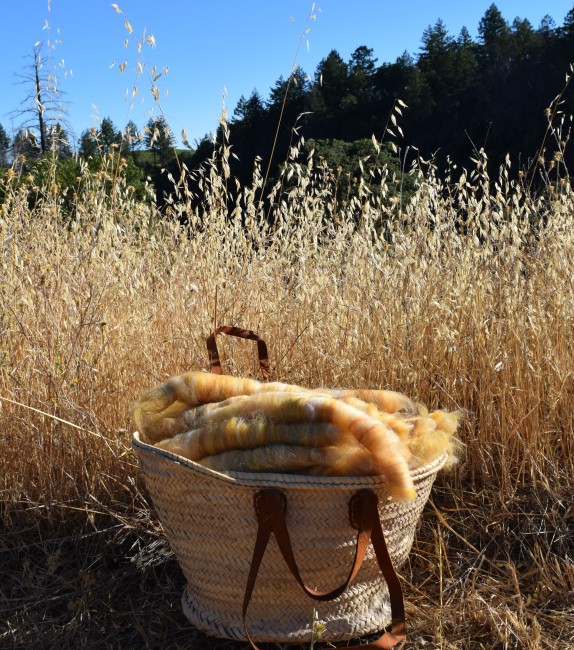

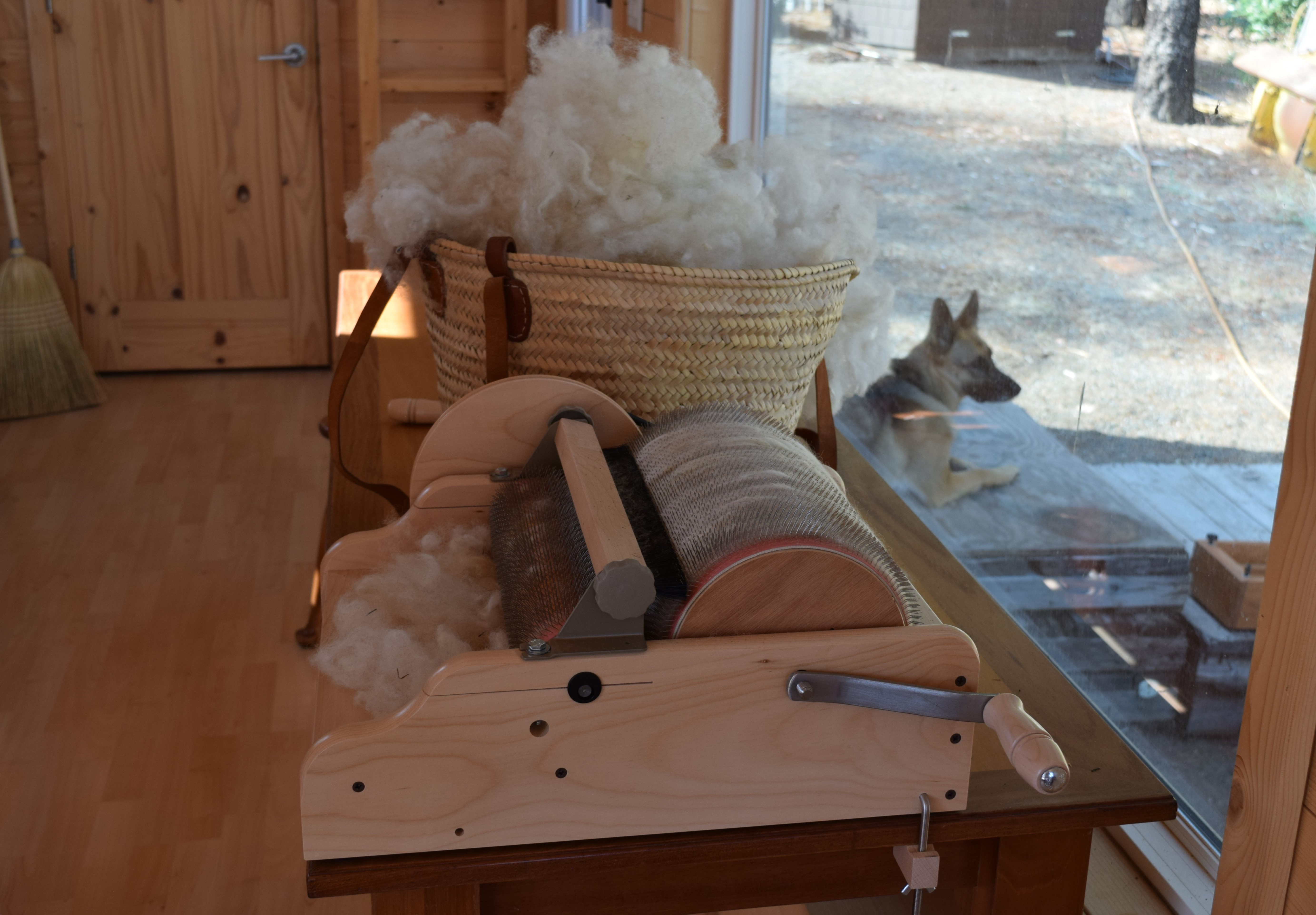
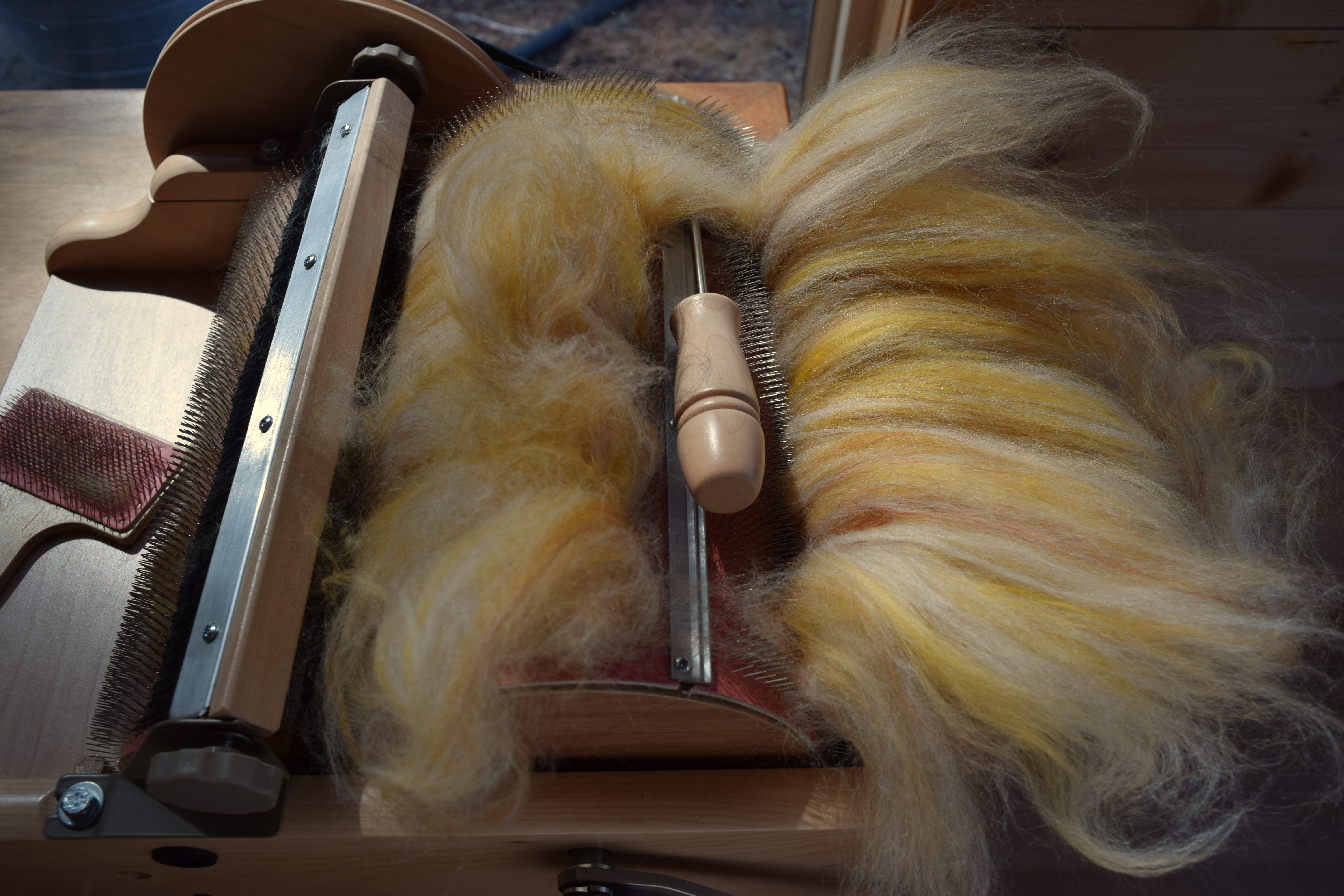
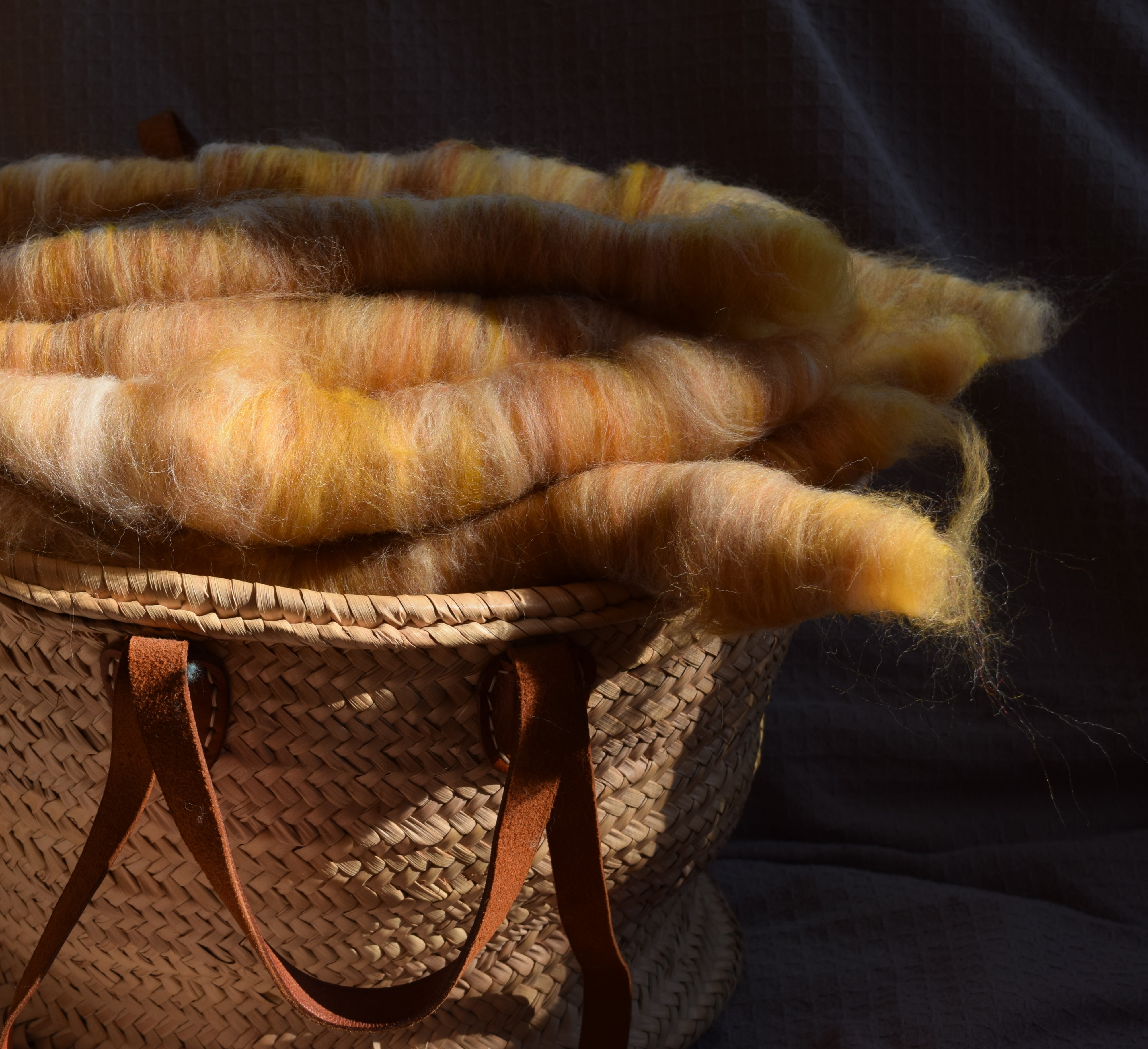
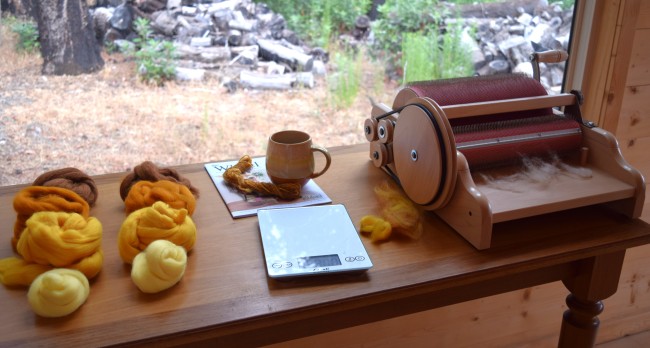

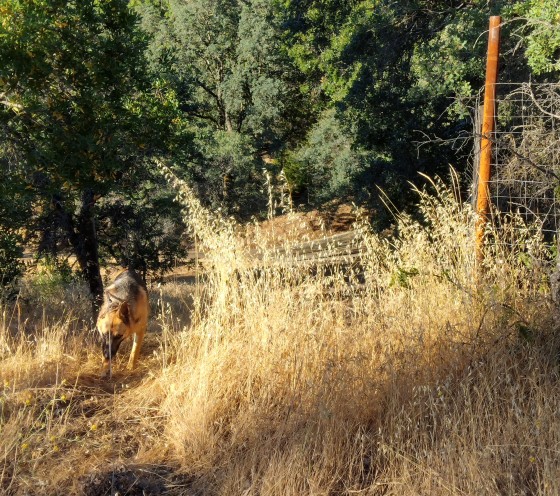
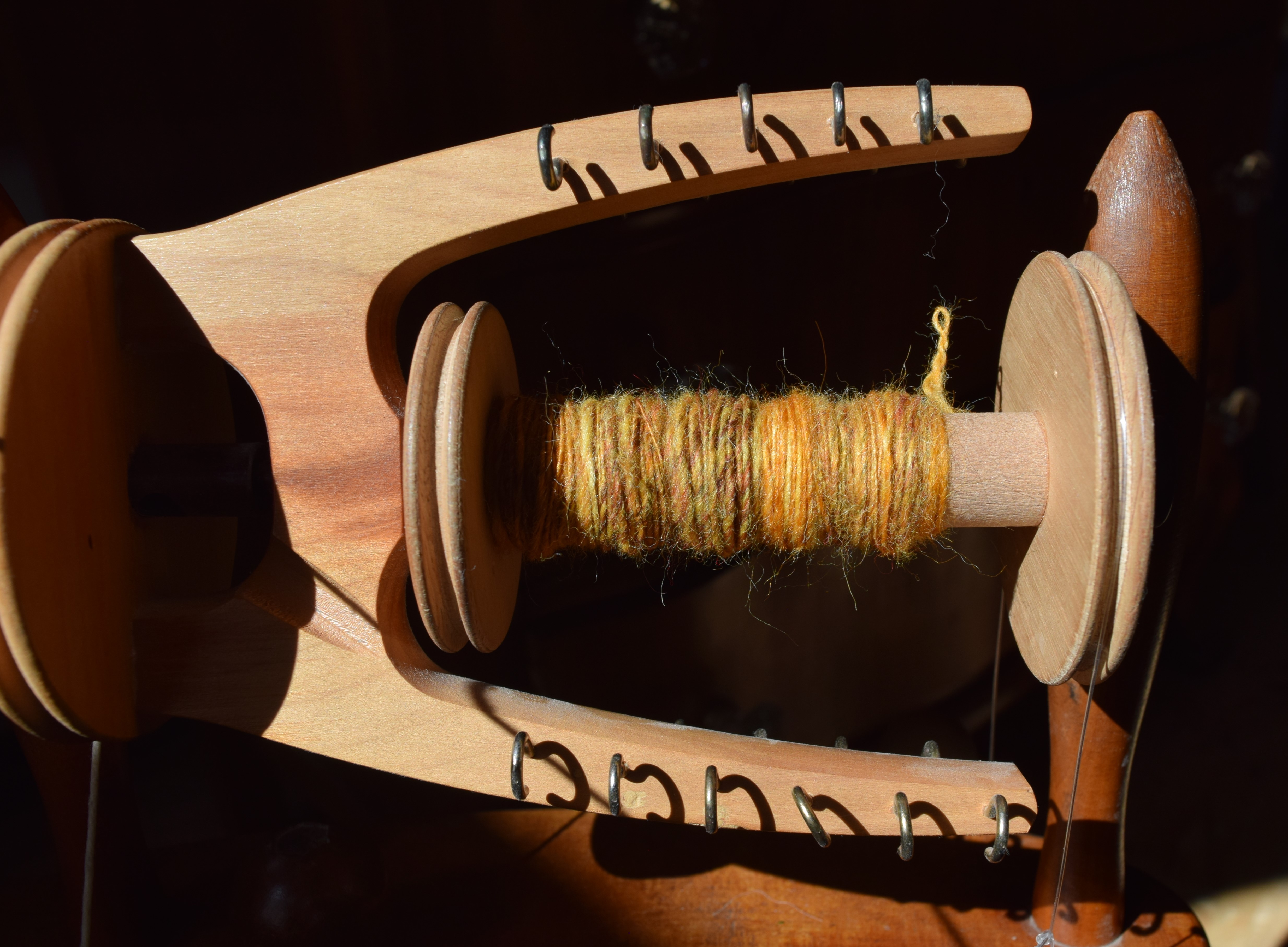
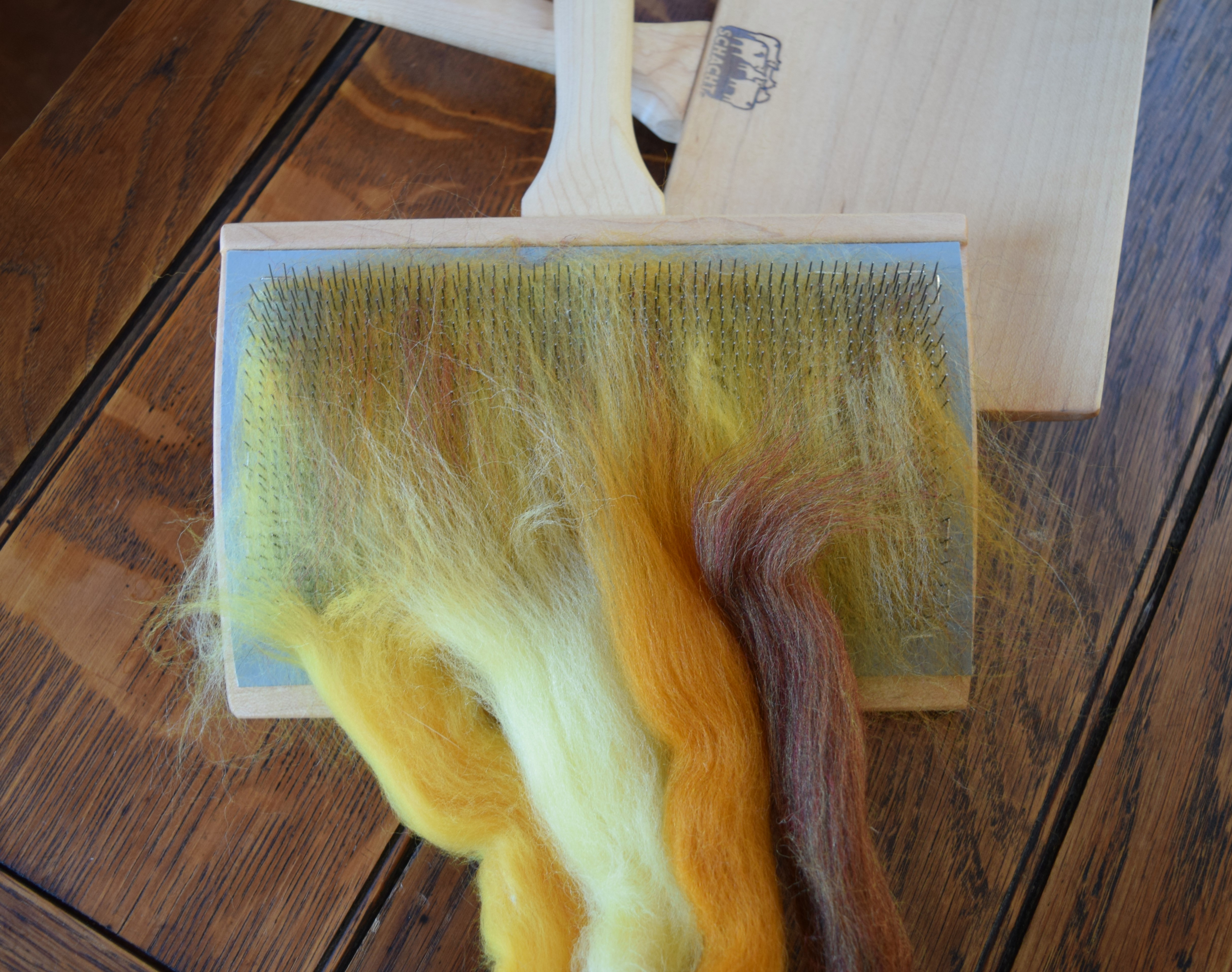

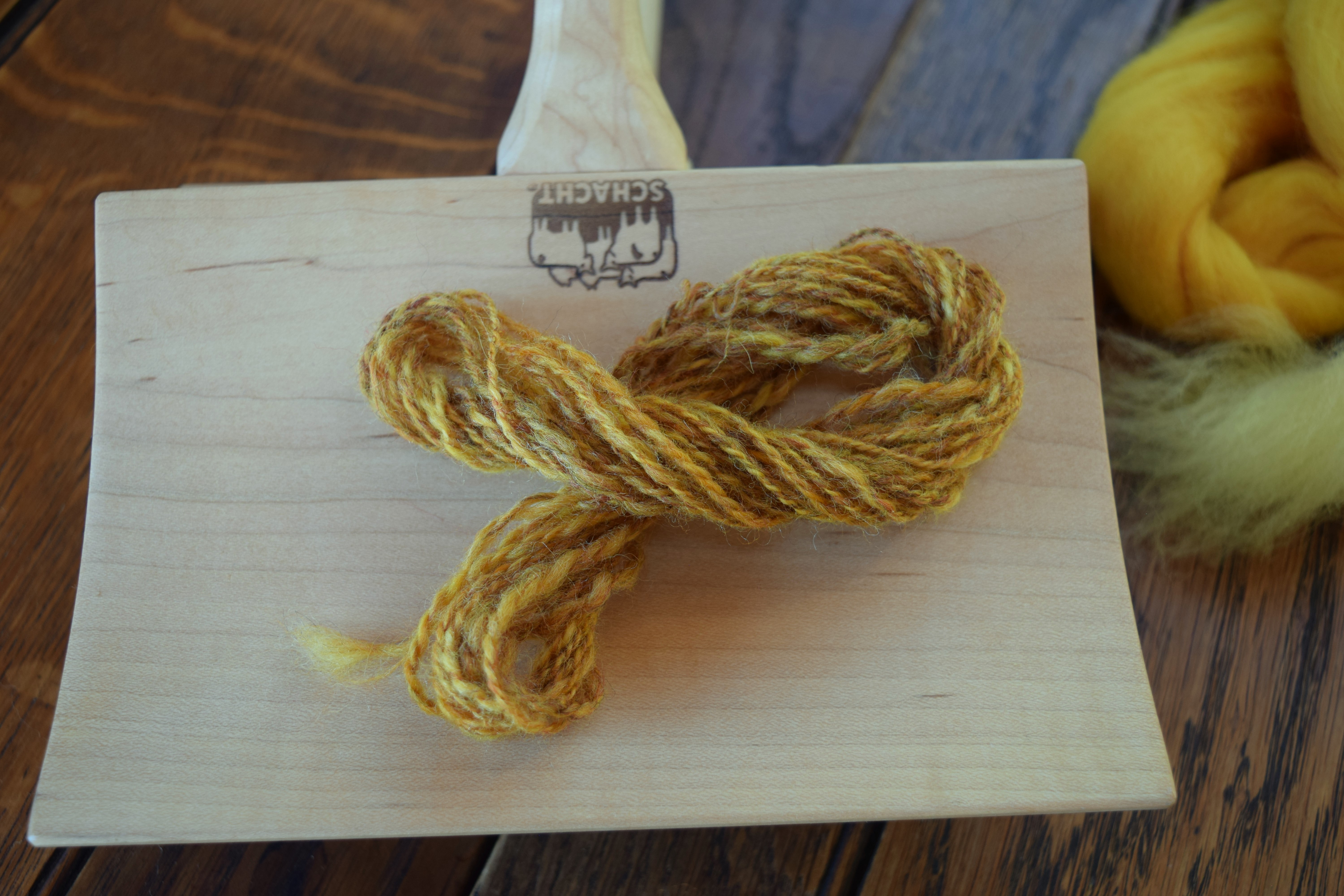
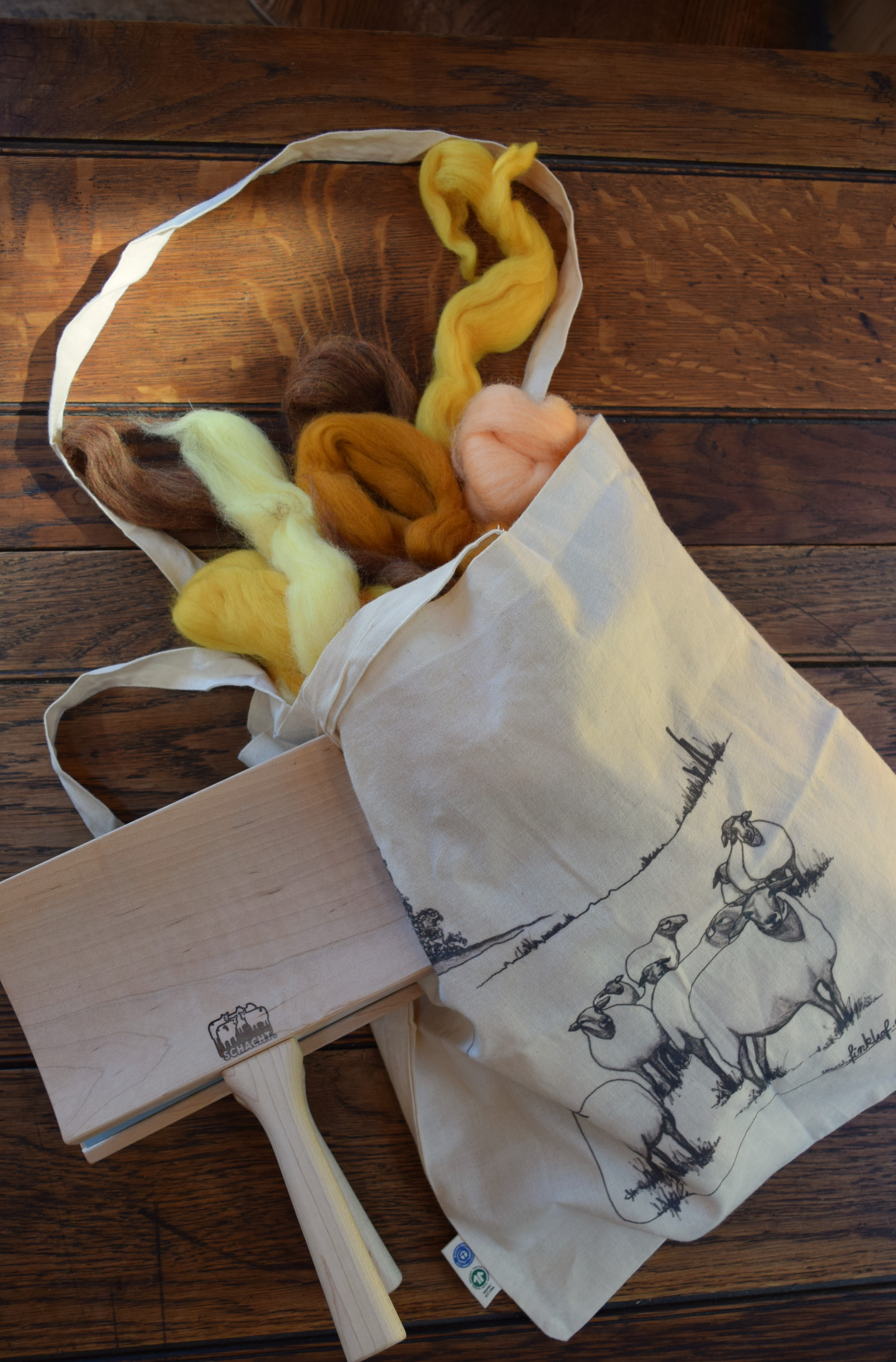

















































 I am more than half way through my fiber preparation, and I am really happy to say that I have made a breakthrough with the blending board! In the last two years I have
I am more than half way through my fiber preparation, and I am really happy to say that I have made a breakthrough with the blending board! In the last two years I have
























































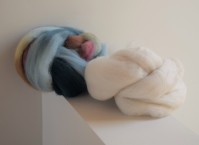






































 Especially at the summit of the mountain these rocks are of rather large proportion, and an outstanding geological feature. Sandstone, with color-saturated neutral base, so like the true rock form created from a composite of many grains of colorful sand, blended with natural white and natural brown wool …
Especially at the summit of the mountain these rocks are of rather large proportion, and an outstanding geological feature. Sandstone, with color-saturated neutral base, so like the true rock form created from a composite of many grains of colorful sand, blended with natural white and natural brown wool …




















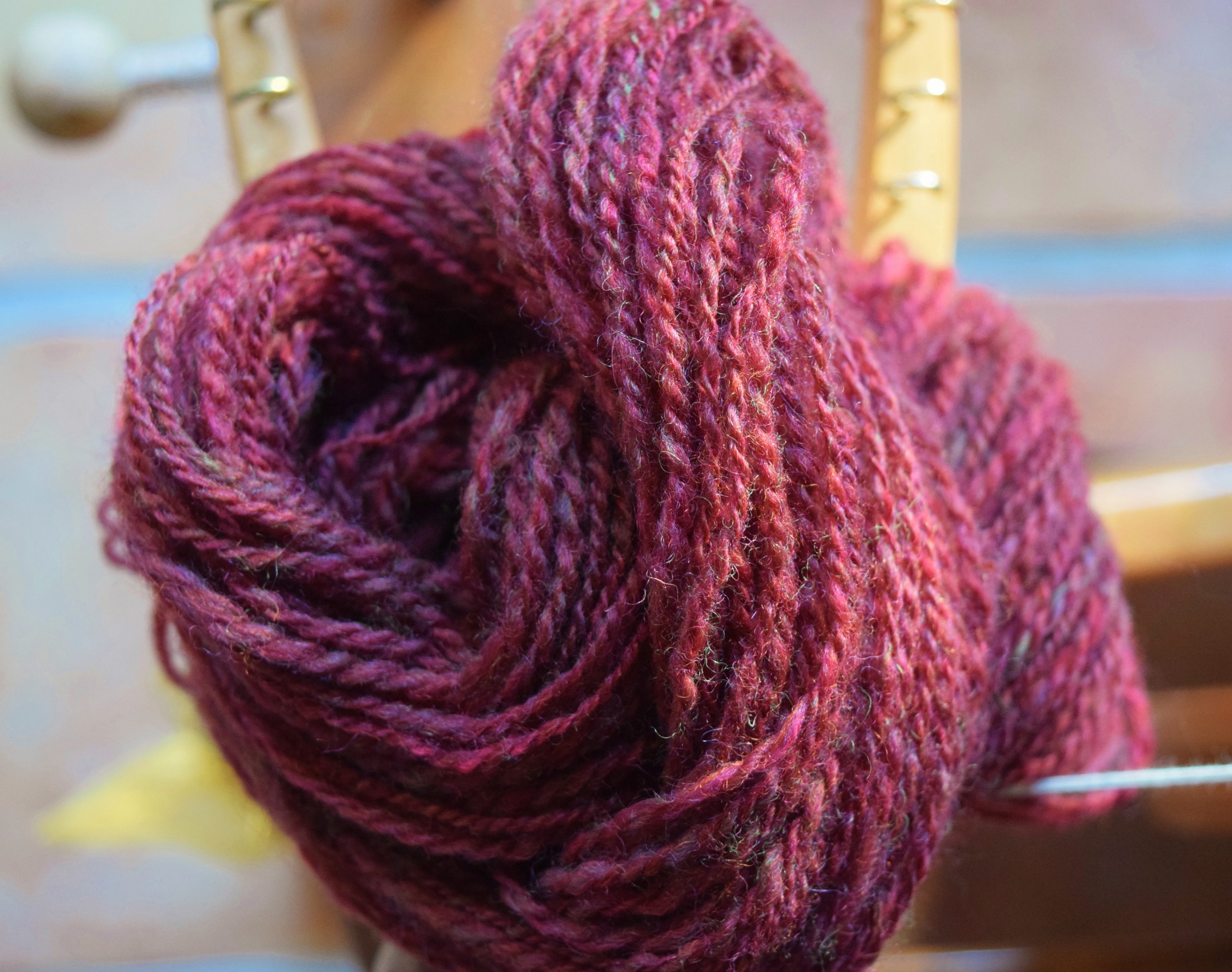

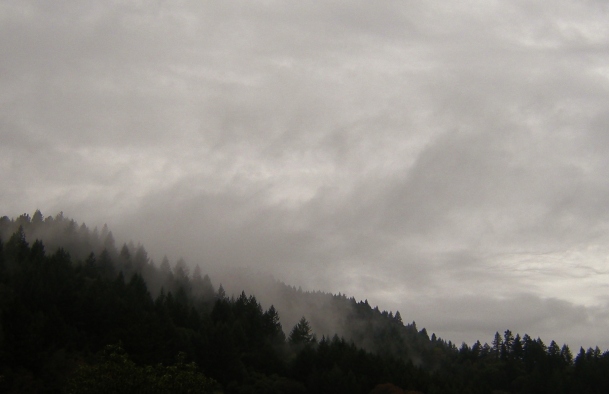













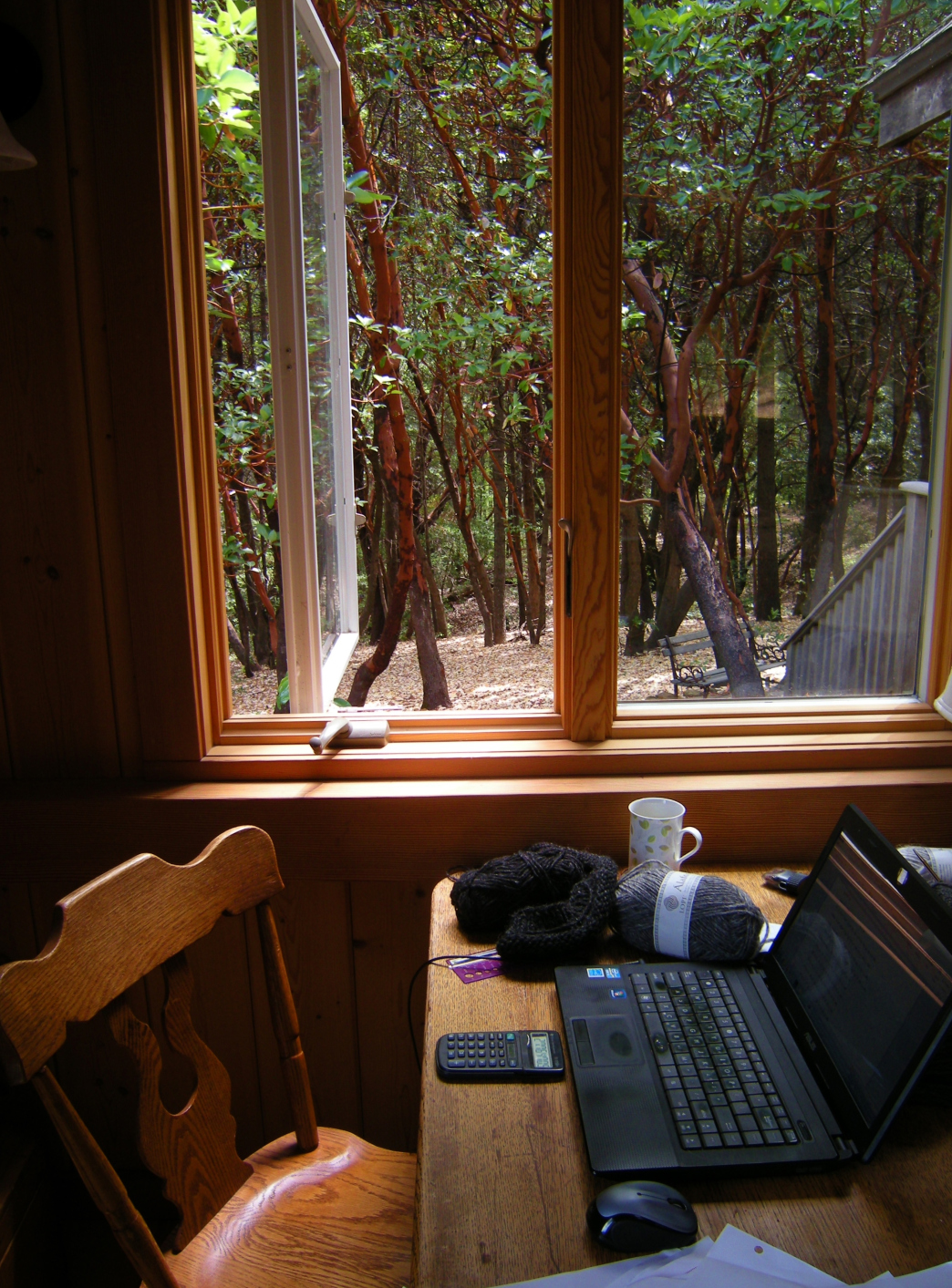














 light flooding in to unwind my shadowy worries.
light flooding in to unwind my shadowy worries.










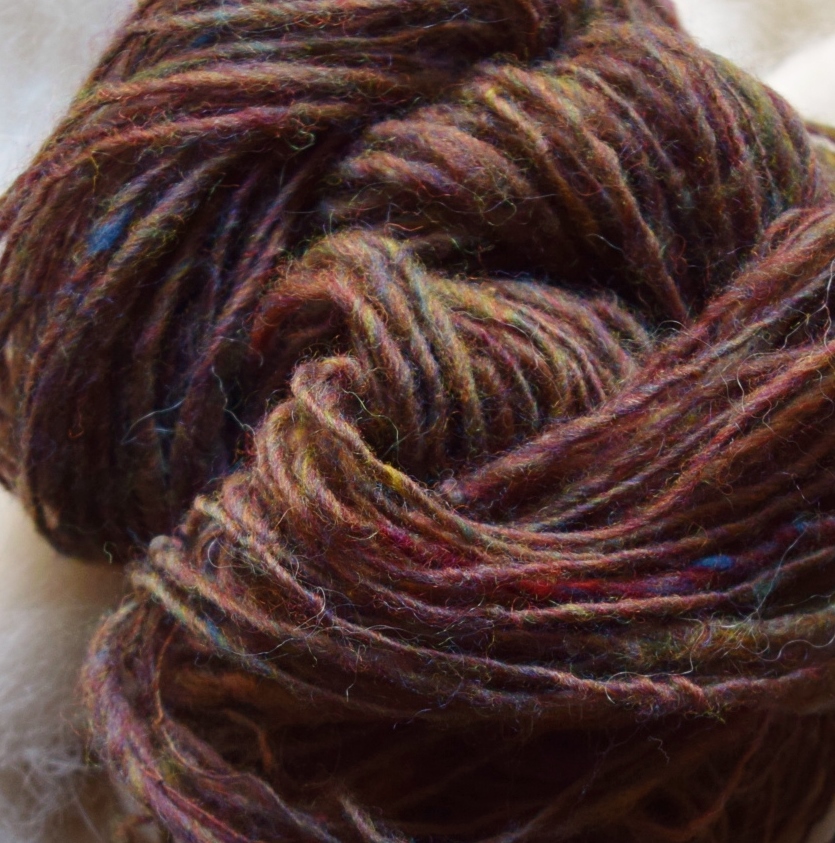



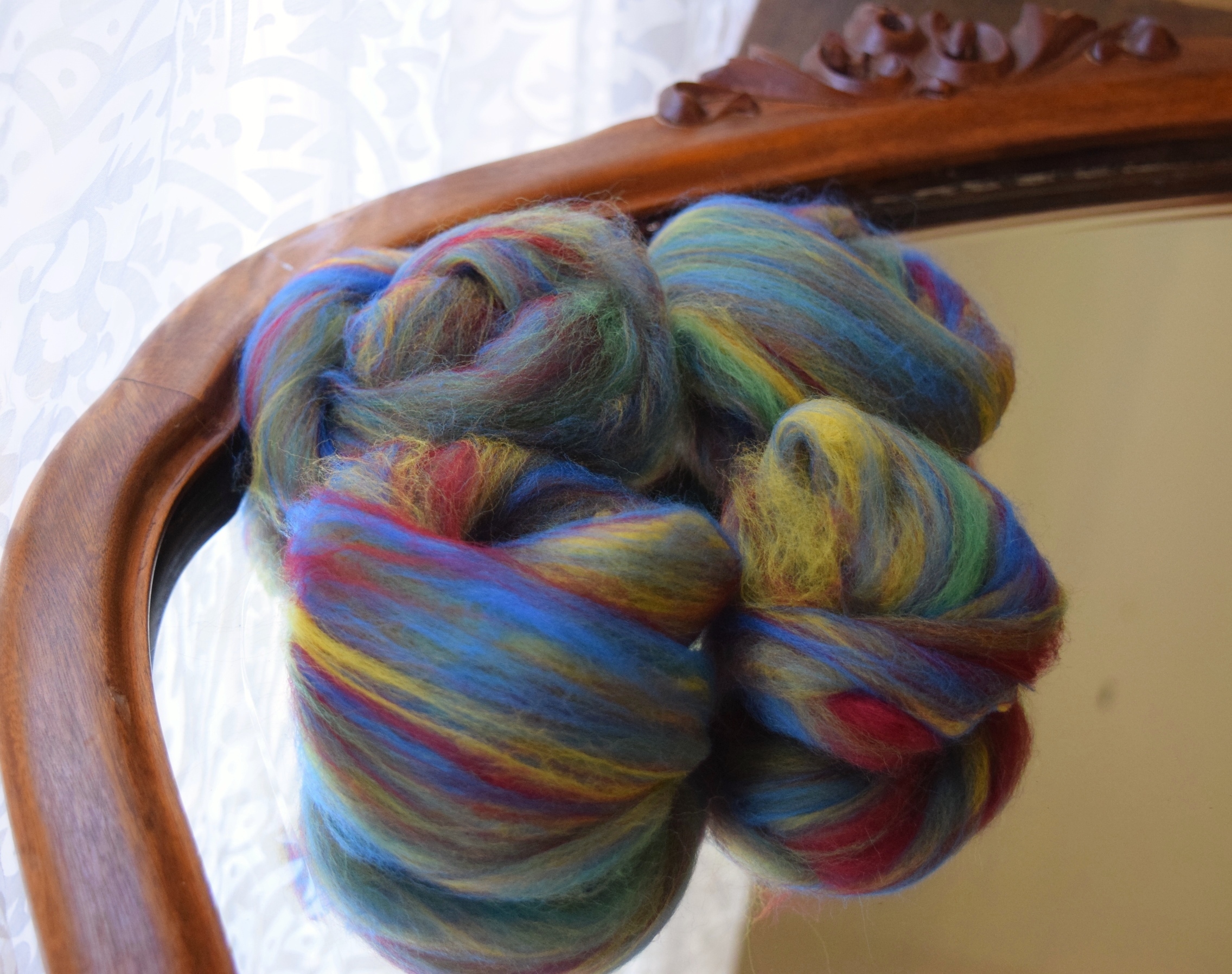

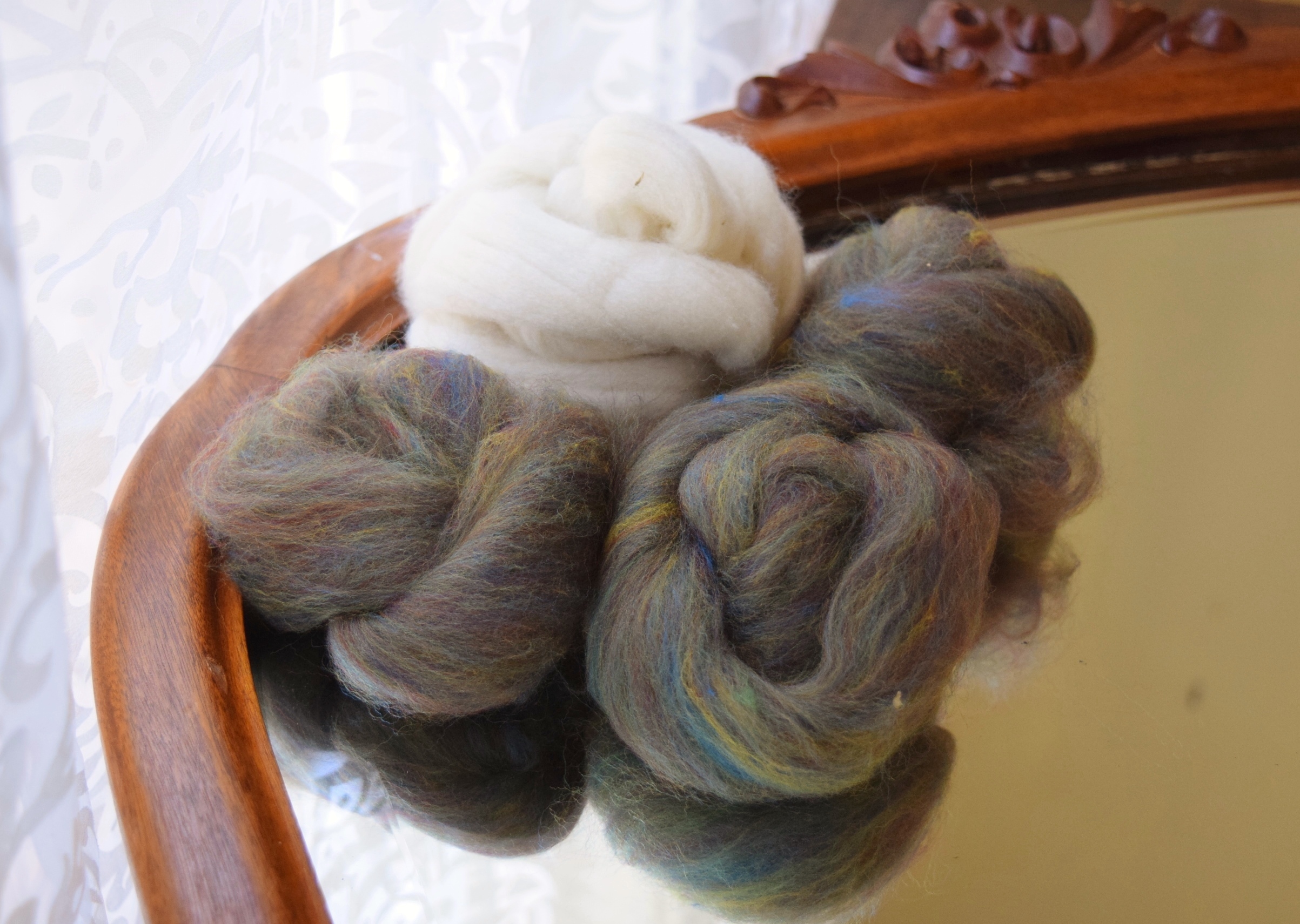








You must be logged in to post a comment.